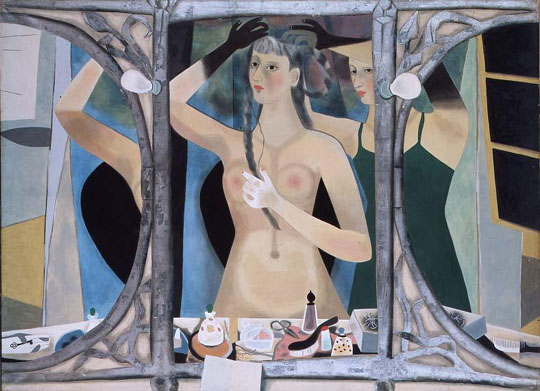"Depicting the Human Form: From Natural Sight and Sentiment to Modeling" at the Insho-Domoto Museum of Fine Arts, Kyoto, jumps around. It is evidence of the constantly searching temperament of the nihonga (Japanese-style painting) painter Insho Domoto (1891-1975), who refused to acquiesce to the sometimes conservative stipulations of one of Japan's circumscribed art styles.
The work on show is mostly that which is bracketed between the things Domoto gained fame for in the 1920s (his conventional themes of nature, historical subjects and religious works).
Known for stylistic eclecticism, which some found an arrogant display of skill, Domoto believed diversity to be the elevating aspect of his art. His controversial shift to pure abstraction in the mid-1950s, which gained him admiration in Europe, is another bracket within which this exhibition examines how he represented the human form. Domoto depicted the human figure, in particular, in multiple ways for divergent aims in distinct traditions.


















With your current subscription plan you can comment on stories. However, before writing your first comment, please create a display name in the Profile section of your subscriber account page.